Reversibility principle: How true is “use it or lose it” in patient care?
It is highly likely you have heard these words at some point in your life. While the statement typically concerns exercise and activity, on occasion, it is in reference to mental processes as well. The saying refers to the reversibility principle, which carries a few more complexities than the common phrase. Understanding the reversibility principle allows clinicians to better develop and implement a plan of care, educate their patients, and enhance their clinical skill set.
What specifically is the reversibility principle? The basic definition is two-fold. Individuals lose the effects of training after they stop exercising but the detraining effects can be reversed when training is resumed. This part of the principle falls squarely into the commonsense category. I promise there is a reason I am writing an entire post on this one topic. The reversal of the detraining effects will be quicker than the original acquisition of the effects. Therefore, a patient may revert to “square one” if they take a month off PT, but they will regain lost effects relatively quickly. Additionally, there are differences in recovery rates for strength, power, endurance, flexibility, and skill. This leads to several considerations.
What is the difference between rest for recovery and excessive rest that leads to detraining? Does the second bout of exercise need to be at the same intensity, frequency, and duration as the former? Do the recovery rates differ between strength, power, endurance, flexibility, and skill? For example, skill is significantly less impacted by reversibility than any of the other physical performance markers (I had to give a least one answer to hook you in).
It’s like riding a bike
At this point, I ask you to reflect on past situations involving the reversibility principle. Let’s start on the personal side. For myself, I can think of many instances where skills acquisition has remained despite a long break in the action. The first, and one of the most common for others as well, is riding a bicycle.
I have full confidence I can jump on a bike and cruise around the neighborhood despite having not ridden a bike in over six years. Then there is my golf game. By no means am I an expert golfer, but I do see consistent trends in my performance. Taking long breaks – like my current one, unfortunately – typically results in a few more slices and oversized flying chunks of turf. However, I can quite rapidly drop 10-15 shots off my score if I hit the range only a few times and revert back to my full mediocre-playing self from a few years ago. The same goes for strength training.
When taking a long break from strength specific exercise, I may initially feel like a high school freshman under the bar, but the strength returns rapidly and then the progress reverts to a slow grind. If you reflect on your own experiences and changes in overall or type of activity, you will see similar effects. Bear in mind, the outcomes are not dichotomous. It is not a matter of riding a bike and not being able to anymore. This can mask the true influence of reversibility and future work that is required.
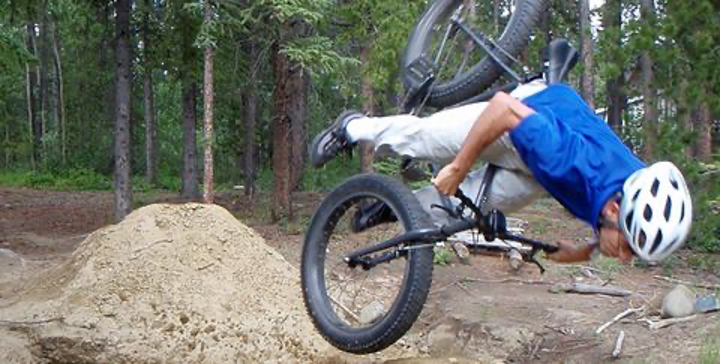
Going back the bike example, I may be able to ride around the neighborhood without issue, but it is unlikely I would immediately be able to land from small jumps off ramps and whip around turns at speed with the same tenacity as I did in middle school when I rode my bike daily. The skill loss is certainly blunted compared to physical loss, but it is not non-existent. This is more easily seen in activities requiring fine motor control and a wider variety of outcomes, such as golf. It is also more noticeable in activities that combine physical with cognitive performance. Take playing the piano as an example. If you played the piano growing up, chances are you memorized and successfully performed some challenging pieces of music. Can you still play them? If you only touch the piano every other year when at your parent’s house for Christmas, chances are no. However, you can likely still rock some nursery rhymes and TV show theme songs. Again, the skill is still there, but the same level of mastery is not. Let’s bring this over to the patient side.
Returning to learning vs. performance
Skill in the clinic often refers to functional movements or work or job-specific activity. Therefore, we must consider if an activity is truly a learned activity, where skill has been developed, or whether the patient is simply repeating a novel task and performing well in the short-term. Remember the concept of learning versus performance? As a quick recap, learning refers to the relatively permanent changes in behavior or knowledge that support long-term retention and transfer. Performance refers to the temporary fluctuations in behavior or knowledge that can be observed and measured during or immediately after the acquisition process. The foundation for facilitating learning is spaced practice – sessions spaced out over a longer period of time – while performance benefits from massed practice – sessions bunch together in a short period of time. This is the difference between cramming for an exam and studying a single concept for months or years. You will know which strategy you commonly employed in school based on your ability to draw the brachial plexus right now.
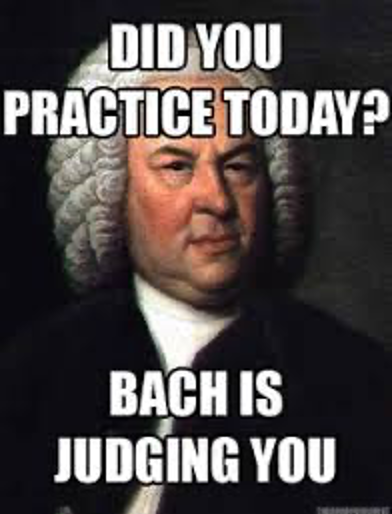
These basic premises of massed and spaced practice can be modulated by other principles. A key to reducing the effect of reversibility regarding skill retention lies in the overlearning principle. Overlearning is practicing a task after “mastery” has been achieved. Despite having successfully played a Bach concerto without any room for improvement, playing the piece over and over again will solidify the learning and motor skills. Retention increases as a function of the degree of overlearning.[1] Overlearning aids in the retention of more complex verbal materials and accelerates the rate of relearning – i.e. the amount of time required to learn the material again after some delay. Overlearning also benefits the learning of motor skills. This is a primary reason for our ability to ride a bicycle despite layoffs lasting years at a time. Learning occurs even after fatigue prevents any further gains in performance during the acquisition period. Those 100 free throws at the end of basketball practice really do make a difference.
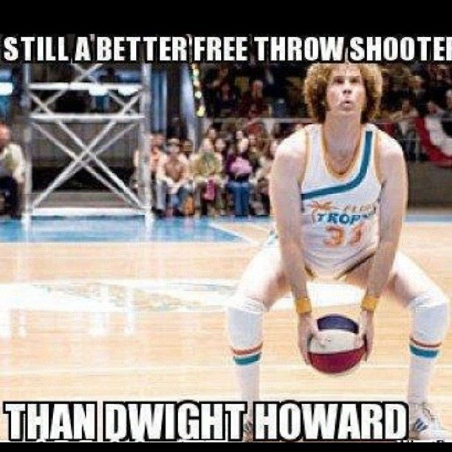
Variability improved skill retention
Another method to foster skill development and retention is utilizing variable practice. This can apply to several subcategories as well: schema theory, specificity, reloading, and environment. Varying the conditions of practice enables one to become familiar with and learn to manipulate the parameters of the general motor program underlying some skill. The complexity of the skill and the environment matter. More errors – ones that can be corrected – leads to long-term learning benefits. The correction part is key. Placing someone on a wobble board or piece of foam and watching them flail out of control is not fostering skill or balance improvements. Providing sufficient challenge to create errors but ones in which the patient can develop kinesthetic awareness and make necessary adjustments through intrinsic feedback is the sweet spot. This is where we can layer in new environments as well.
We become comfortable in our environment and recognize cues. This is why you are told to recreate the test environment when studying or why professional teams will attempt recreating the noise of a stadium on game day with recordings blasted over the loudspeakers at practice. Purposeful adaptation of an environment, including the need to react versus planning ahead – the difference between a cone drill without opponents and a 3v3 drill – can foster greater learning and adaptations provided a solid foundation is in place. This plays well with the concept of reloading.
Spacing out practice or treatment sessions with time or other activities encourages the “reloading,” or reproducing, of the motor programs needed to execute to-be-learned skills. For example, if you are heavily focused on improving squat mechanics, take a few sessions off and switch gears to strengthen the spinal region through upper quarter exercise (e.g. rows) or perhaps address endurance or power through the bike or treadmill. Understand, the return to squatting may have a temporary decline in performance, but reloading can foster overall improvement.
The effortful cognitive processing required to reload relevant motor commands during spaced or distributed practice appears to facilitate learning but impede short-term performance, compared with massed or blocked practice in which skills are performed over and over again.[1]
Lastly, we have the schema theory and specificity to touch on. Another form of variable practice is practicing iterations of a skill that are related to but different from the target skill. This fosters long-term learning because it sensitizes one to the general motor program, or schema, underlying a skill.[1] Increase the variation of the practiced skill such that one is required to learn how to adjust the necessary movement parameters to achieve desired goals. The schema theory underlines one of the primary benefits of being a multi-sport athlete, along with reduced injury and burnout risks. Invariably, this will lead many to wonder about specificity and the vicelike grip it has on youth sports.
How important is specialization?
We are heavily manipulated by confirmation bias. Thus, if you favor specialization, it is likely you can immediately recall many examples of professional athletes who specialized. Any future examples will strengthen that bias while examples that refute the rule will be ignored and written off as exceptions. This applies to the other side of the aisle as well. Confirmation bias is rampant and challenging to ignore. In his book Range: Why Generalists Triumph in a Specialized World, David Epstein takes a deep look into the data regarding sport specialization. Here is what he found:
Eventual elites typically devote less time early on to deliberate practice in the activity in which they will eventually become experts. Instead, they undergo what researchers call a “sampling period.”
The schema theory is a large driver here. It should be noted, the learning environment and type of task matters. If you are training someone for a consistent environment with few variables, specialization works – such as chess or playing an instrument. In sports, while not universal, the data supports delayed specialization is more often superior. For every Tiger Woods – scratch golfer by age 4 – there is a handful of Roger Federers – played multiple sports in middle school.
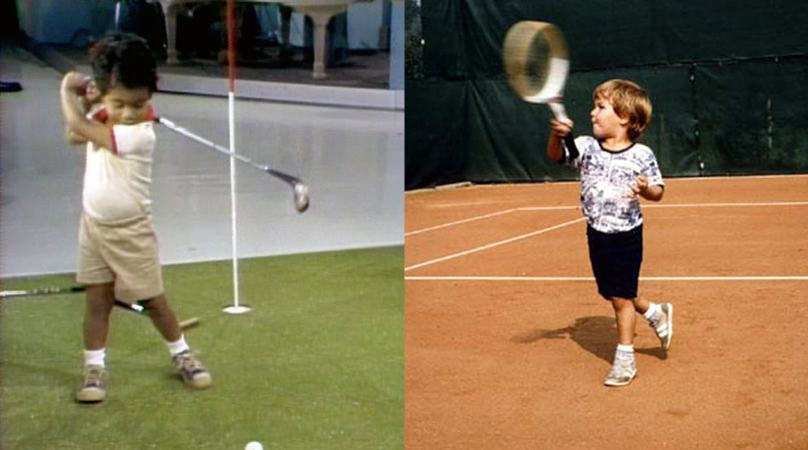
For most activities we are teaching our patients, they will benefit from variety. This expands to physiologic responses to exercise as well. Specificity, within the world of exercise science, explains training responses and adaptations are tightly coupled to the mode, frequency, and duration of exercises performed.[2] Over the last decade, studies have been poking holes in this principle. Studies comparing high-intensity sprint training on a track to moderate intensity cycling demonstrates comparable cardiovascular and metabolic adaptations.
Increases in markers of skeletal muscle carbohydrate metabolism, lipid oxidation, and mitochondrial biogenesis are consistently demonstrated as equal when comparing long, slow distance training and high-intensity training.[3] I recognize this does not account for all benefits of specialized training – the psychological challenges of “hitting the wall” during long-distance running or “getting stuck” at the bottom of a heavy squat. There is no ‘one size fits all’ training approach. There are many levers we can pull to facilitate training adaptations, including skill acquisition.
When does detraining kick in?
You now understand the concept of reversibility and the reasons for considering it during patient care. Great. How about some applicable details and timelines? Happy to oblige. Performance reduction may occur in as little as one to two weeks. There is an important qualifier; the amount of training experience a patient has will affect the magnitude of loss and rapidity of regain. Recall the principle of diminishing return; as training levels increase, the volume, frequency, and intensity of exercise must increase to continue achieving improvements. At some point, we start to approach the genetic ceiling of hypertrophy and neural adaptations for strength, power, and skill. Granted, most of our patients are a long way from genetically maxing out their physical potential.
In trained patients, detraining may result in greater losses in muscular power than strength. Initial strength losses are caused by neuronal mechanisms. Chronic cessation of activity, extreme sedentary activity, such as bed rest, or neural denervation are needed for significant atrophy of muscle. We can, however, see atrophy within three days following acute pain, injury, or both, such as in the lumbar multifidi following the onset of acute low back pain, but the atrophy is easily reversed with specific exercises (not walking).
When looking at strength specifically, the levels after detraining are rarely lower than pre-training levels. To provide some hard numbers and layer in endurance, consider that approximately 10% of strength is lost after 8 weeks of inactivity, but 30-40% of muscular endurance is lost during the same time period. Your patients, especially those who exercise regularly, will likely notice the losses in endurance and conditioning more often and to a greater extent than the losses in strength.
On the skill side, the coordination required for continuous motor skills appears to be stored in long-term memory with very little degradation. Thus, strength, power, endurance, and flexibility will diminish substantially sooner than motor skills. At this point, we need to ask ourselves whether the plan of care is focused on skill acquisition or the physiologic foundation needed to perform a skill. Chances are, it is a blend of the two. We need the physiologic adaptations of muscle hypertrophy and cardiovascular capacity for a greater foundation to build our neural adaptions upon. By combining the physiologic tissue enhancements with improved neural efficiencies, we can maximize strength, power, and endurance.
Going back to the golf swing, I maintained my overall fitness and thus the reduction in skill is largely resulting from neural adaptations. It is possible for someone to lose power, however, which would alter the swing mechanics and performance. Consider a soccer player recovering from an ACL reconstruction. When they enter the return to sport phase, their strength, power, and endurance impairments are limiting their performance more than skill loss since the ACL injury. This knowledge will allow us to better tailor the rehabilitation program. That is not to say no skill deterioration occurred, but motor planning plays a minor role in the current patient presentation.
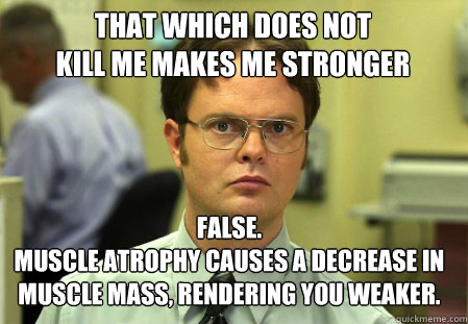
Why adherence to the plan of care is vital
This brings me to one of the primary points of the post. While the reversibility principle can be a safety net for quickly recovering lost physiologic adaptation, the phenomenon points to the importance of patient adherence to care. Consider cancellation rate and the concept of “making up” sessions. If we design a plan of care to provide optimal dosage, measured by the intensity, frequency, and duration of treatment sessions, then we are unable to make up sessions. Optimal dosage implies that we cannot improve the design and we have maxed the frequency, duration, and intensity relative to the amount of rest a patient requires. Increasing the dosage would result in overtraining and subsequent chronic decline of anabolic hormones (e.g. testosterone) and an increase in catabolic hormones (e.g. cortisol).
Therefore, if the optimal dosage for a patient is three visits a week and they cancel one of those appointments, adding a fourth visit the following week would not be a “make-up” session but instead be detrimental to the care. If a make up session can be added, then the original dosage was not optimal. Granted suboptimal dosage could easily occur if the patient refuses to schedule, potentially due to financial or time concerns, but we must recognize the original plan of care was suboptimal. Are we ensuring our patients are receiving the optimal dosage and discussing the impact of a canceled visit?
Cancellations, especially if they result in long breaks in care, can not only stunt the patient’s progression, they may result in a reversal of improvement. There will, however, be occasions when a patient is unable to attend therapy. Perhaps they have a brief financial restriction, or they are leaving for a vacation.
This is not the time to guilt a patient and build fear around all the gains they will lose. This is a time when you can use the reversibility principle to comfort the patient that any losses can be quickly gained. I am not speaking out of two sides of my mouth. There is a clear distinction between the benefit and harm of the reversibility principle. The harm lies in the inability to achieve optimal results with poor adherence to care. The benefit lies in the ability to quickly recover if there is a forced break in care. Now the question is, can we add a placeholder and prevent the losses when a break in care is forced? Maybe.

Designing a home exercise program
Maintaining an exercise regimen or home exercise program (HEP) can stave off a reduction in recently obtained physical improvements. Taking it one step further for patients, home programs can also mitigate a return of symptoms previously conquered in the clinic. Unfortunately, prescribing a HEP does not guarantee results. When assessing the evidence on the effectiveness of HEPs, the keys to success are intensity and adherence.
A home program fails when adherence is poor and intensity is low. If those are both appropriate – the in-clinic performance often serving as a benchmark – then similar benefits can be obtained. This is the end goal. We want to build self-efficacy. Patients should not be dependent on a PT and they can perform high-intensity exercise outside the clinic. But it is not a simple matter of prescribing a HEP and expecting the magic to happen.
While supervised PT is likely superior to HEPs in general, we see the best outcomes when combining in-clinic care with home care.[4-7] There are many studies that utilize a HEP, and the structure and delivery vary significantly. We see this amongst ourselves in the real world as well. If we take a poll of all our clinicians, chances are we will see an array of programs with respect to frequency of prescription, types and number of exercises, and intensity. Some of these habits are born out of our experiences, some from patient or physician requests, some from former teachers and mentors, and finally, some from the evidence. The evidence, however, provides us a mixed bag of answers.
First, the developer of the HEP matters. Many studies involving HEPs or “standard therapy” are designed by MDs or DOs, with a goal of comparing the effectiveness of a medical intervention to PT. Large potential sources of bias aside, this is not representative of how a therapist would design and prescribe a HEP. Programs designed and administered by a therapist are more effective than generic prescriptions from other professions.[8]
This does not mean that therapist designed HEPs are perfect. Common issues are poor patient adherence, improperly performed exercises at home – potentially resulting from lack of equipment – and the program lacking intensity in both the prescription and execution by the patient.[9-11] Furthermore, HEPs within research protocols typically are static in exercise number, frequency, and intensity, regardless of patient progress. Does this mean they are useless, and we should abandon all our well-designed HEP templates? Not at all. As stated early, when used in combination with structured therapist-supervised plan of care, HEPs can lead to greater outcomes. They key is designing the HEP appropriately.

There should be a purpose to the HEP. Perhaps your patient is only able to attend therapy once a week. The HEP can be used to provide necessary frequency of exercise for a variety of potential outcomes that require greater frequency than once a week – hypertrophy, endurance, motor learning, impact on depressive symptoms. However, the only way to obtain those results is through durations and intensity comparable to in-clinic sessions.
I commonly hear two primary arguments against the use of HEPs:
- The patient will make things worse since I cannot address their form during exercise
- I will diminish my value if the patient can simply do their therapy at home.
Regarding the first concern, exercise form is highly overrated…I’ll wait and let that sink. I will cover this in a future post but encourage you to assess the “injury prevention” literature in the meantime. JOSPT recently published a study reviewing the impact of flexing the lumbar spine during lifting activity. The review found no evidence to support lumbar flexion as a cause for low back pain or prognostic factor for maintaining low back pain. If you remain skeptical, then stick with foundational exercises in you HEP. Use ones you are more confident in the patient completing, but ensure the intensity is sufficient to achieve desired physiologic adaptations.
The second concern brings us to the issue of static HEPs. We must update HEPs relative to the current plan of care, and that is best accomplished in person. When a patient comes to the clinic, you can educate, assess, modify exercise type and intensity, build therapeutic alliance, provide social support, and administer manual therapy. The HEP is far from a therapy replacement, but instead a plan of care enhancement that facilitates more rapid progress through higher frequency of exercise to promote learning and physiologic adaptations. If a patient chooses an HEP over in-clinic sessions, then the issue lies with the value of care provided, not providing an HEP.
Applying reversibility to clinical practice
In an ideal world, the reversibility principle would be a concept strictly utilized in an academic sense; it would be discussed but never applied. Unfortunately, life is unpredictable, and training is often put on hold. Whether the break is long (e.g. social distancing) or temporary (e.g. vacation) understanding the impact on the plan of care will allow you to make necessary adjustments and educate your patient accordingly. Furthermore, you are able to comfort your patient with the knowledge they are not truly starting at “square one” following the pause and you can design the updated plan with the understanding the improvement will be rapid. I encourage you to build your POC with this principle in mind and convey the importance of adherence to your patients.
Do not shame them following cancellation, but ensure they understand the impact of missing sessions and a suboptimal dosage of care. Lastly, the HEP is your friend when used correctly. It can stave off reversibility should the patient’s frequency of treatment in the clinic reduce. HEPs add another layer that may seem more work than it is worth, but it can be the difference between a successful and timely plan of care and a disgruntled patient.
References
- Soderstrom, N.C. and R.A. Bjork, Learning versus performance: an integrative review. Perspect Psychol Sci, 2015. 10(2): p. 176-99.
- Hawley, J.A., Adaptations of skeletal muscle to prolonged, intense endurance training. Clin Exp Pharmacol Physiol, 2002. 29(3): p. 218-22.
- Gibala, M.J., et al., Physiological adaptations to low-volume, high-intensity interval training in health and disease. J Physiol, 2012. 590(5): p. 1077-84.
- Gutierrez-Espinoza, H., et al., Supervised physical therapy vs home exercise program for patients with distal radius fracture: A single-blind randomized clinical study. J Hand Ther, 2017. 30(3): p. 242-252.
- Abramsky, H., et al., Patients’ Perspectives on and Experiences of Home Exercise Programmes Delivered with a Mobile Application. Physiother Can, 2018. 70(2): p. 171-178.
- Zronek, M., et al., The influence of home exercise programs for patients with non-specific or specific neck pain: a systematic review of the literature. J Man Manip Ther, 2016. 24(2): p. 62-73.
- Sahin, N., A.Y. Karahan, and I. Albayrak, Effectiveness of physical therapy and exercise on pain and functional status in patients with chronic low back pain: a randomized-controlled trial. Turk J Phys Med Rehabil, 2018. 64(1): p. 52-58.
- Yilmaz, M., M. Sahin, and Z.C. Algun, Comparison of effectiveness of the home exercise program and the home exercise program taught by physiotherapist in knee osteoarthritis. J Back Musculoskelet Rehabil, 2019. 32(1): p. 161-169.
- Anar, S.O., The effectiveness of home-based exercise programs for low back pain patients. J Phys Ther Sci, 2016. 28(10): p. 2727-2730.
- Uzawa, H. and S. Davis, Outcome measures for adherence to home exercises among patients with chronic low back pain: a systematic review. J Phys Ther Sci, 2018. 30(4): p. 649-653.
- Argent, R., A. Daly, and B. Caulfield, Patient Involvement With Home-Based Exercise Programs: Can Connected Health Interventions Influence Adherence? JMIR Mhealth Uhealth, 2018. 6(3): p. e47.
ABOUT THE AUTHOR
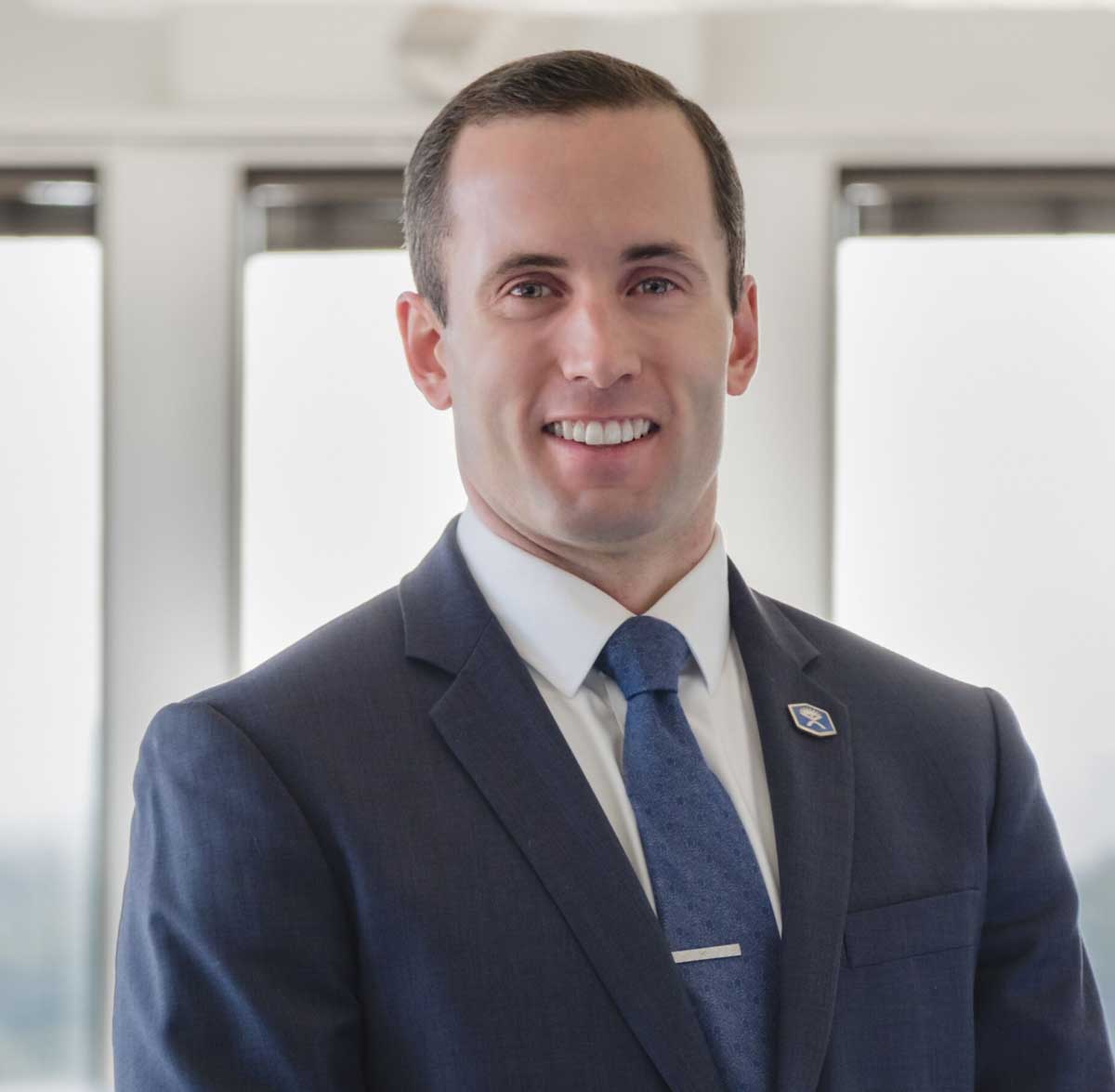 Zach Walston (PT, DPT, OCS) grew up in Northern Virginia and earned his Bachelor of Science in Human Nutrition, Foods, and Exercise at Virginia Polytechnic Institute and State University. He then received his Doctorate of Physical Therapy from Emory University before graduating from the PT Solutions’ Orthopaedic Residency Program in 2015.
Zach Walston (PT, DPT, OCS) grew up in Northern Virginia and earned his Bachelor of Science in Human Nutrition, Foods, and Exercise at Virginia Polytechnic Institute and State University. He then received his Doctorate of Physical Therapy from Emory University before graduating from the PT Solutions’ Orthopaedic Residency Program in 2015.
Zach has numerous research publications in peer-reviewed rehabilitation and medical journals. He has developed and taught weekend continuing education courses in the areas of plan of care development, exercise prescription, pain science, and nutrition. He has presented full education sessions at APTA NEXT conference and ACRM, PTAG, and FOTO annual conferences multiple platforms sessions and posters at CSM.
Zach is an active member of the Orthopedic and Research sections of the American Physical Therapy Association and the Physical Therapy Association of Georgia. He currently serves on the APTA Science and Practice Affairs Committee and the PTAG Barney Poole Leadership Academy.